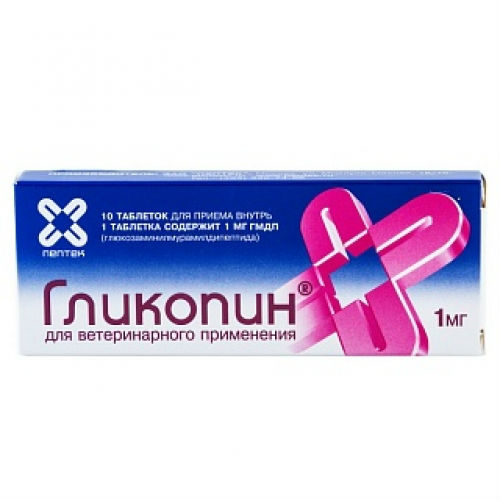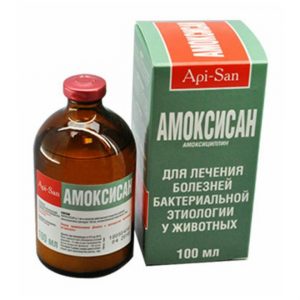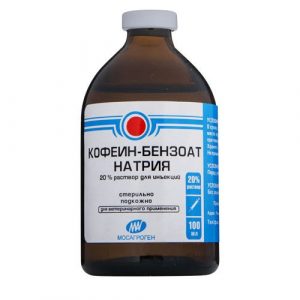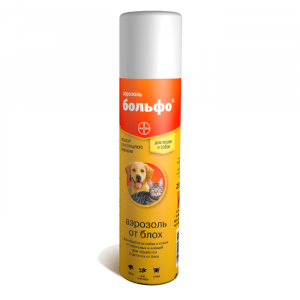Description
Pharmacological action
GMDP, which is part of glycopine, is the main structural unit of the peptidoglycan of the bacterial cell wall. Glycopin, binding to a specific NOD2 receptor, acts on cells of the innate immune system. It causes stimulation of the effector functions of phagocytes (phagocytosis, synthesis of reactive oxygen species, activity of lysosomal enzymes) and the production of anti-inflammatory cytokines, which in turn induce proliferation, activation and differentiation of acquired immunity cells – T and B lymphocytes. Through increased production of colony-stimulating factors, glycopin induces leukopoiesis. As a result of the action of the drug, all parts of the immune system are activated with an increase in anti-infection and anti-tumor immunity. After oral administration, glycopine is rapidly absorbed into the blood. The half-life of the drug in the body is 4 hours. It is excreted mainly in the urine. By the degree of impact on the body of warm-blooded animals, glycopene is a low-hazard substance, it does not have teratogenic, mutagenic, locally irritating and sensitizing effects.
Indications
Glycopin® is used for dogs, cats, decorative rodents and ferrets: – in the complex therapy and prevention of infectious diseases of bacterial and viral etiology – in the complex therapy of oncological diseases – to increase the nonspecific resistance of young and old animals – to enhance the effectiveness of vaccination in weakened animals with secondary immunodeficiency and reduce post-vaccination complications – to relieve stress during transportation and various veterinary treatments – to stimulate tissue repair and regeneration after injuries and surgical interventions – for the prevention of immunodeficiency in newborn animals – to reduce the period of involutional postpartum processes in the uterus.
Contraindications
Increased individual sensitivity to the drug. Glycopin is not recommended to be used simultaneously with high doses of glucocorticosteroid drugs.
Special instructions
Treatment with glycopine does not preclude the use of antibiotics and other symptomatic drugs. Especially in critically ill animals and with individual hypersensitivity to drugs.
Composition
Glucosaminylmuramyl dipeptide (GMDP) – 1 mg excipients: lactose monohydrate, sucrose, potato starch, methyl cellulose, calcium stearate.
Dosage and administration of
Glycopin is administered to dogs and cats by mouth. For the prevention and treatment of infectious diseases of bacterial and viral etiology, glycopines are given in a dose of 0.04-0.06 mg per 1 kg of animal weight once a day for 5-7 days, depending on the severity of the disease (for dogs weighing up to 10 kg – 0.5 – 1 tablet, more than 10 kg – 1 – 2 tablets, for cats weighing up to 3 kg – 0.25 – 0.5 tablets, more than 3 kg – 0.5 – 1 tablet). To enhance the effectiveness of vaccination in weakened animals with secondary immunodeficiency, increase overall resistance and prevent post-vaccination complications, and also stimulation of tissue repair and tissue regeneration after injuries and surgical interventions – at a dose of 0.02-0.04 mg per 1 kg of animal weight once or twice with an interval of 24 hours (for dogs weighing up to 10 kg – 0.25-0.5 tablets, more than 10 kg – 1 – 1.5 tablets, for cats weighing up to 3 kg – 0.25 tablets, more than 3 kg – 0.5 tablets). For the prevention of a decrease in immunity in stressful conditions, the prevention of immunopathology in the offspring of pregnant females, as well as the reduction of the period of involutional postpartum processes in the uterus, at a dose of 0.01-0.02 mg per 1 kg of animal weight once or twice with an interval of 24 hours (for dogs – 0.5 – 1 tablet, for cats – 0.25 – 0.5 tablets).
Side effects
Allergic reactions are possible in hypersensitive animals. In some cases, with the use of glycopin, a slight temperature increase is possible due to the therapeutic effect of the drug. The temperature increase is short-lived and passes on its own.




